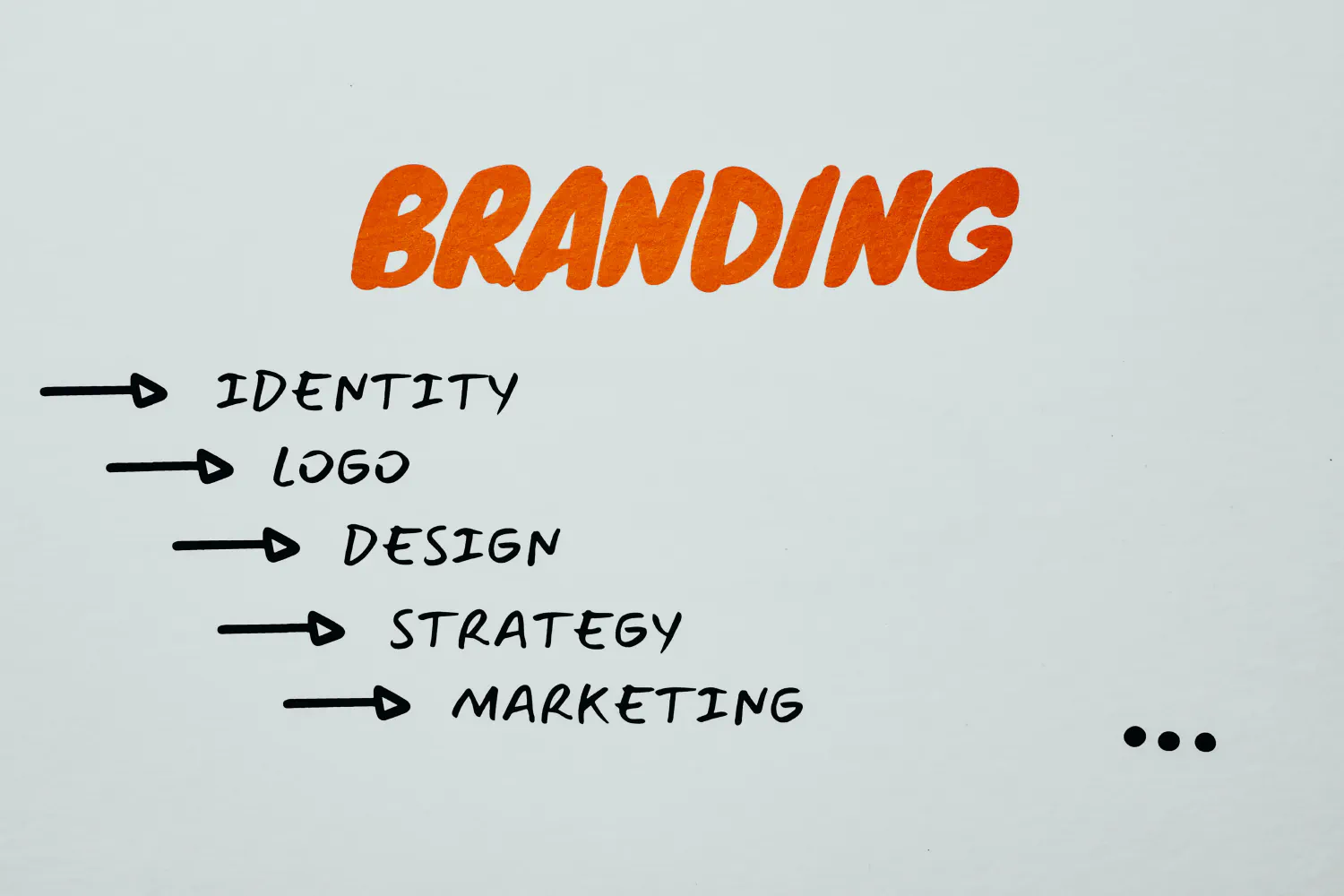So, what exactly is a brand?
The answer to the question, “what is a brand?” is not clear-cut.
Over the years, several attempts have been made to define it, a few of which are:
A brand is an identifying symbol, mark, logo, name, word, and/or sentence that companies use to distinguish their product from others.
Investopedia
A particular product or a characteristic that serves to identify a particular product.
British Dictionary
A brand is the personality of a business. It’s the first thing you think of, or how you feel, when you see a logo or hear its name. In fact, you can use the word “personality” as a direct substitute for “brand” to instantly clarify its meaning. Successwise
All valid, right? Except none of them are full definitions in and of themselves. They are not factually incorrect, yet they don’t quite capture the essence of it. Having read them, are you any clearer on what exactly a brand is?

In the absence of clarity and a consensus, perhaps it’s best to reverse the line of questioning and examine what it is not.
A brand is not a logo
A brand is not a slogan
A brand is not a name
Sure, these are tangible components that add a visual, a voice, and an identity to a brand, but the sum of these parts is not equal to the whole. A brand is intangible, abstract, and thus malleable. If the product or service is the tangible aspect of the business, then the brand is the intangible. The closest thing it can be compared to is a reputation or a perception.
So, if it’s intangible, where does a brand exist?
Brands live in the mind according to BrandingStrategyInsider. They occupy the spaces between thoughts and actions. A brand is created in the mind’s eye. In much the same way that a person has a reputation, a company has a brand. A person can behave in specific ways that either support and enhance their reputation or in ways that damage it. If they choose the former and act with integrity, they positively impact their communities, and their social standing improves. A company is no different. Branding done correctly creates a strong, positive impression of the company’s offering.
A brand strategy’s success or failure depends on how well brand owners understand how the mind operates. BrandingStrategyInsider
So, how does a brand create a positive impression?
Luckily, humans have developed the wonderful gift of language that allows us to bring the abstract and the imagined to life. If the brand’s message hits the right note, it resonates and propels the product forward. If the product satisfies the customer’s needs, it makes a positive impact. Consistently delivering products that add value builds the company’s social standing, eventually culminating in its esteemed reputation.
Knowing this, we can then answer the question: what is the goal of a brand?
A brand’s goal is to instill an unwavering trust in the public’s mind about the quality and value of its product or service. Most recently, the ethical means by which the product is created or how the service is provided has become extremely important. We see this most notably in the fast fashion industry and the high street brands currently scrambling to add ‘ethical lines’ to their clothing range.
The thought of an animal being sacrificed in the name of a fur trim coat or a fellow human suffering in a sweatshop evokes powerful emotions. Why do I mention this?
Well, science has proven that emotion impacts perception, attention, memory, and decision making.
Just let that sink in for a moment.
Action is driven by emotion.
Feelings influence results.
Emotion determines how we perceive our world, organise our memory, and make important decisions Swiss Medical Weekly
Let’s break it down - as we know, every company conducts its business in a certain way. Potential customers observe this conduct, and over time, a perception of the company, product, or service is created in their minds. If this perception is positive, then the individual judges the value and integrity of the offering. If the company delivers on its promise, and the customer is satisfied, then the positive perception is bolstered, and the belief in the company is strengthened. The chances of repeat custom are high.
Brand Perception
On the other hand, if the customer is not satisfied with any aspect of the service or conduct, their perception of the company may change and, over time, could result in a total mistrust of the company and their goods. In this instance, the brand is effectively tarnished, and it will probably be a long, difficult road to recovery.

In the example of fast fashion, as the public awareness of the unethical means by which companies are mass-producing clothing grows, the more vulnerable the companies become. In such cases, businesses understand that the best course of action is to pivot if they are to salvage any of what they have already built. High street brands now producing ‘ethical lines’ is merely a tactic to influence their customers’ emotions, calm their outrage, and ensure they will continue to buy from them.
The success of a brand hangs on how it makes its customers feel. In this regard, branding is everything, and every decision a company takes should be measured against its potential effects on the brand’s integrity. Every component of a business should support its values, from the quality of its offering to the ethical practices used to manufacture, produce, and serve. From how it treats its employees to the suppliers that it chooses to work with. The more a company can align its day-to-day activities with its values, the stronger and more robust the brand becomes. Communicating this alignment effectively to its customers, its staff, and the general public is the last piece of the puzzle.
Is it any clearer now?

The reality is that even those who have created a successful brand may struggle to define it. They understand the how and the why, the who and the when but determining the what remains elusive. Maybe it’s this mystery that hooked me in the first place and set off the chain of events that led me to write ‘Branding For Profit.’ The book takes a deep dive into the world of branding. It uncovers the mysteries, follows the breadcrumb trail left by some of the huge players, and offers practical tips and tricks that arm the reader with all the knowledge they need to make their mark on the world.
How would you define what a brand is? How important do you think investing in building a brand is? Share your comments below!



